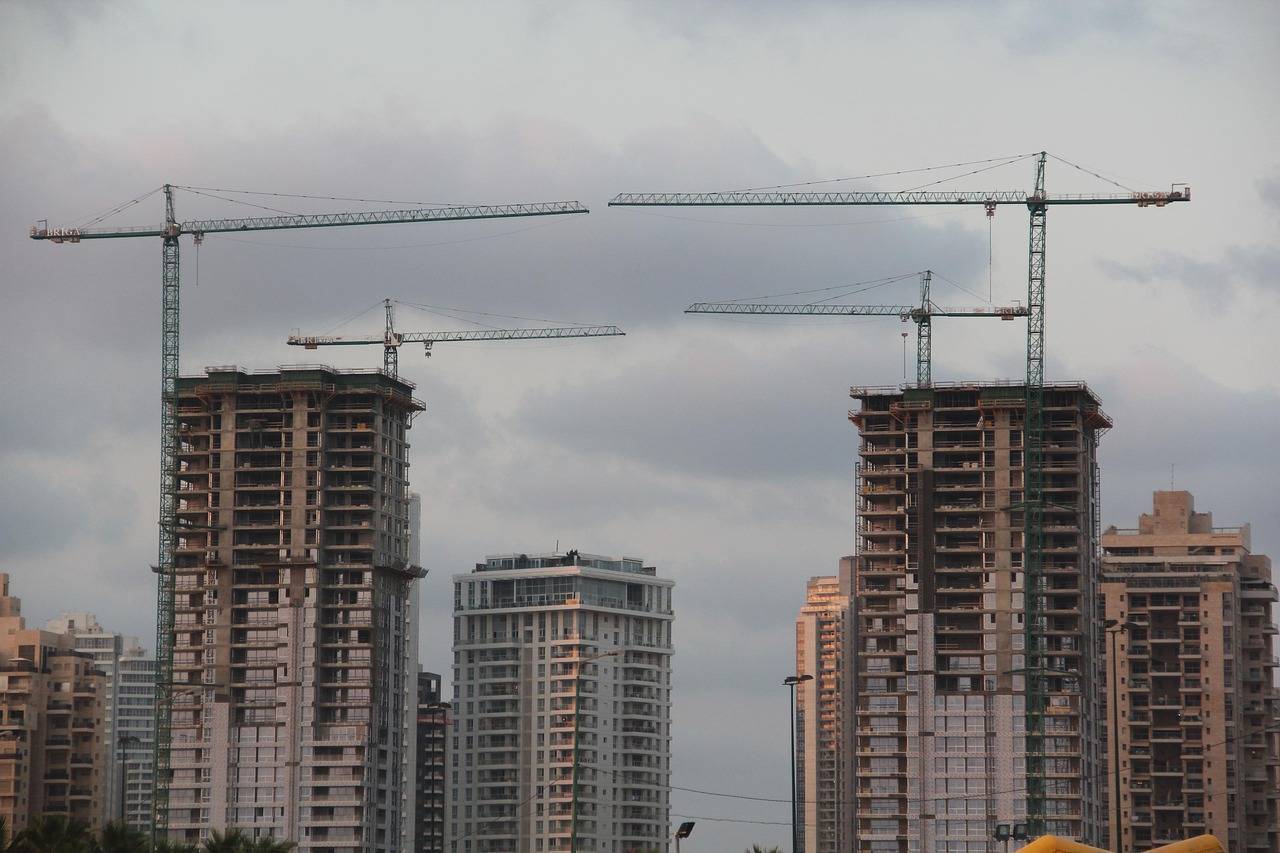Mumbai, often touted as one of the most expensive real estate markets in India, is witnessing a significant shift in housing demand. After a prolonged period of sluggishness, there is a noticeable rise in demand for homes priced under ₹30 lakh, particularly in the peripheral areas of the Mumbai Metropolitan Region (MMR). This change marks a hopeful sign for the affordable housing segment, which has been struggling for traction in a market dominated by high-end properties.
Affordable Housing Makes a Comeback
The revival in demand for affordable homes has been highlighted by a recent study conducted by real estate research firm Liases Foras. According to the study, the affordable housing segment in MMR saw a 41% growth in the March-June quarter of 2024, compared to the previous year. This growth is largely concentrated in the outskirts of Mumbai, including areas like Vasai-Virar, Boisar, Titwala, Dombivli, Ambarnath, Palghar, and Panvel. These regions, while far from the city’s commercial hubs, are becoming increasingly attractive to buyers due to their affordability and improving connectivity.
Despite this positive trend in the peripheral areas, the situation within Mumbai's island city remains challenging for those seeking affordable housing. The limited availability of homes priced below ₹30 lakh in central and southern Mumbai continues to be a barrier. However, efforts are being made to address this issue. For instance, the Maharashtra Housing and Area Development Board (MHADA) recently launched a series of housing units priced below ₹45 lakh, targeted at the lower-income group. These units are located in Wadala, Kurla, Vikhroli, and Antop Hill, and were made available through a lottery system that took place on August 8, 2024.
Peripheral Areas Lead the Charge
The bulk of new affordable housing units are being developed in the northern and northeastern regions of MMR. The study by Liases Foras noted that out of the 6,675 low-income units launched between March and June 2024, a significant portion was located in the Palghar-Boisar area. This area, along with other peripheral regions, is witnessing a surge in residential projects, driven by both local and national developers who see an opportunity in catering to the growing demand for affordable homes.
The trend is further supported by the introduction of 84 new projects during the March-June quarter, indicating a renewed focus on the affordable housing segment by developers. One notable player in this space is the Suraksha Group, which has reported a high volume of bookings for its affordable housing projects under the Pradhan Mantri Awas Yojana (PMAY). The group has been successful in tapping into the demand for homes within the ₹30 lakh price bracket, particularly in areas like Palghar and Virar.
Government Initiatives and Policy Support
The resurgence in demand for affordable housing can be attributed to a combination of factors, including government initiatives and policy support. In the Union Budget 2024, the Finance Minister announced several measures aimed at boosting the affordable housing sector. One of the key announcements was the revival of the Credit Linked Subsidy Scheme (CLSS) under the Pradhan Mantri Awas Yojana (PMAY). This scheme provides financial incentives to first-time homebuyers, making it easier for them to secure home loans and purchase homes in the affordable segment.
Under the CLSS, eligible homebuyers can avail of interest subsidies on home loans, which significantly reduces the overall cost of buying a house. The scheme is designed to make homeownership more accessible to the lower and middle-income groups, who often find it difficult to afford homes in cities like Mumbai. The revival of this scheme has been well-received by developers and homebuyers alike, with many expressing optimism about its potential to drive demand in the affordable housing segment.
However, there are still challenges that need to be addressed for the scheme to reach its full potential. For instance, some real estate brokers have pointed out that awareness of the CLSS is still relatively low among potential homebuyers. Additionally, banks and financial institutions have been slow to fully implement the scheme, which has resulted in delays in disbursing loans and subsidies to eligible buyers. Addressing these issues will be crucial in ensuring that the benefits of the scheme are widely accessible and that the momentum in the affordable housing segment is sustained.
Infrastructure Development and Future Outlook
Another factor contributing to the growing demand for affordable homes in MMR is the ongoing infrastructure development in and around the city. Several key projects, such as the Mumbai Trans Harbour Link, the Navi Mumbai International Airport, and the expansion of the metro network, are expected to significantly improve connectivity between Mumbai and its peripheral areas. As these projects near completion, they are likely to make areas like Vasai-Virar, Palghar, and Panvel more attractive to homebuyers who work in the city but are looking for more affordable housing options.
Experts believe that the affordable housing segment will continue to gain traction in the coming years, driven by the combination of policy support, infrastructure development, and the ongoing demand for budget-friendly homes. For developers, this presents an opportunity to cater to a segment of the market that has been underserved for years. However, success in this segment will require a focus on quality construction, timely delivery, and the ability to offer homes at price points that are genuinely affordable to the target audience.
Conclusion
The Mumbai real estate market is showing signs of a revival in the affordable housing segment, with a significant increase in demand for homes priced under ₹30 lakh. While challenges remain, particularly in the island city, the growth in the peripheral areas of MMR is a positive development for the sector. With continued government support, improved infrastructure, and a focus on meeting the needs of lower-income homebuyers, the affordable housing segment in Mumbai is poised for sustained growth in the coming years.









.png)